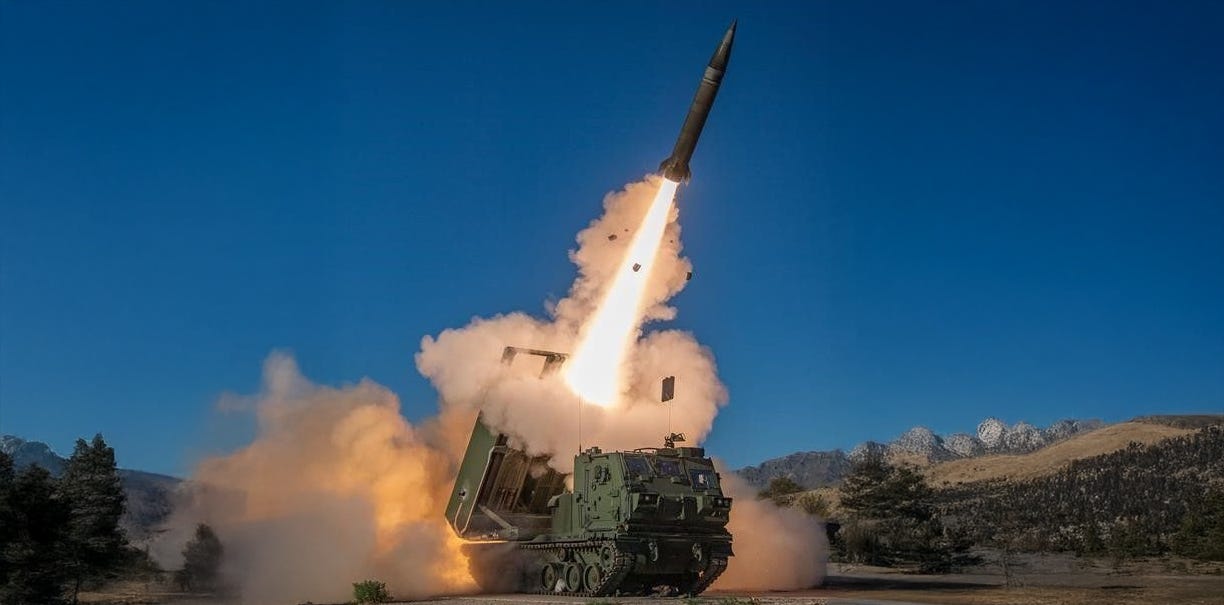Britain’s New Nightfall Missile Has Been Pledged to Ukraine
London’s Bold Proposal
The United Kingdom has officially announced the development of a new tactical ballistic missile, codenamed Nightfall, and is now floating the possibility of transferring it to Ukraine once the weapon is operational.
The timeline in the MoD request is aggressive. It requires at least 5 “all-up units” (i.e., complete missiles ready for trials) within 9 to 12 months from the contract (or from packaging the solution).
Serial production (10 units/month) is expected 3–6 months after successful trials.
So, Ukraine could receive Nightfall for trials as early as next summer.
Defense Secretary John Healey framed it as part of Britain’s long-term commitment to Kyiv: “We will always try to respond to what Ukraine thinks it needs most.”
So… if Ukraine asks for a stick to beat Russia with, Britain is happy to provide the stick, and maybe even paint it in Ukrainian colors.
This announcement comes at a time when European allies are desperate to lock in future deterrents. Russia is still trying to grind forward in the east, and Ukraine is straining to maintain a technological edge.
The UK, already a pioneer in sending Storm Shadow cruise missiles, seems to have decided that cruise missiles are no longer spicy enough. The next step is a weapon that flies faster, hits harder, and is dirt cheap by modern missile standards.
Now, I know I write a lot about Ukraine receiving new weapons from allies, and it’s tough to see the results of those weapon systems until someone publishes a battlefield video showing the results (perhaps months or even years later), but I’ll just say this: Every piece of new tech helps Ukraine eliminate more invaders. In my mind, that’s all that matters.
Meet the Nightfall: A Missile With Attitude
Nightfall will carry a warhead weighing in at 400–500 kilograms, roughly the same as a small car filled with TNT. The developers have promised a quasi-ballistic trajectory, which is a polite way of saying the missile will juke around in the terminal phase like a caffeinated squirrel, making life miserable for Russian air defense crews.
Accuracy? We’re talking about a circular error probable of just five meters. In plain English, if the Russians park an S-400 battery in a field, Nightfall will not just hit the field. It will hit the radar van’s left headlight.
Its navigation suite is being built for the modern battlefield, which means it must survive in what engineers call a “complex electromagnetic environment”.
That is jargon for Russian jamming. The missile’s designers are promising a weapon that will keep its brain even when GPS is spoofed or jammed. Think of it as the anti-Shahed: where Russia’s Iranian-made drones get confused by a stiff breeze, Nightfall will shrug off electronic warfare and keep coming.
Stealth by Necessity
When you design a missile to survive inside Russia’s defensive bubble, stealth is not a luxury; it is the price of admission. The NIGHTFALL program makes this clear by specifying a “low multispectral signature” as a requirement.
That means the missile is engineered to slip through not just radar, but also infrared, optical, and even acoustic detection grids. In other words, if the Russians can see it, hear it, or feel it, the British want it to vanish.
Keep reading with a 7-day free trial
Subscribe to Eyes Only with Wes O'Donnell to keep reading this post and get 7 days of free access to the full post archives.



